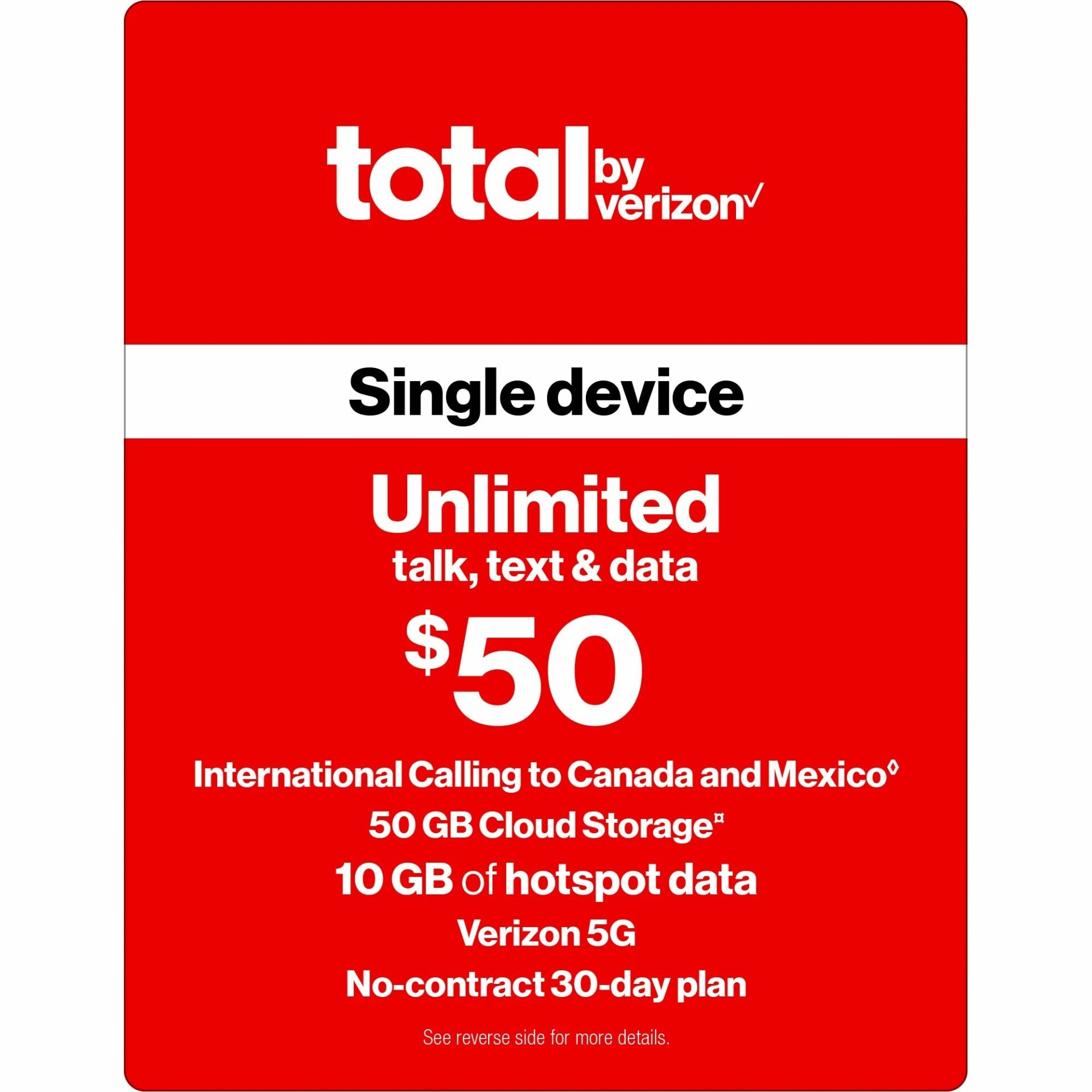When searching for home internet service, you might look for “verizon wifi plans“. What this typically means is finding a Verizon home internet service that provides the broadband connection you need, which then uses a router to create a Wi-Fi network throughout your home, allowing your devices (laptops, phones, smart TVs, etc.) to connect wirelessly.
Verizon offers several types of home internet services that enable in-home Wi-Fi. Understanding these options, their technology, and availability is key to choosing the right plan for your needs. This guide breaks down the main verizon wifi plans available to residential customers in the United States.

Understanding Verizon’s Home Internet Options
Verizon primarily offers three distinct technologies for home internet, each powering different verizon wifi plans:
- Verizon Fios: Utilizes a 100% fiber-optic network delivering service directly to your home (FTTH).
- Verizon 5G Home Internet: Uses Verizon’s high-speed 5G Ultra Wideband wireless network.
- Verizon LTE Home Internet: Leverages Verizon’s widespread 4G LTE wireless network.
The availability of these services varies significantly based on your geographic location.
Verizon Fios Internet Plans: The Fiber-Optic Choice
Often considered Verizon’s premium offering, Fios provides internet connectivity via fiber-optic cables.
- Technology: Fiber-to-the-Home (FTTH) ensures a high-speed, high-bandwidth connection.
- Key Features:
- Symmetrical Speeds: Equal or near-equal upload and download speeds (e.g., 300/300 Mbps, 500/500 Mbps, Gig/Gig, up to 2 Gig/2 Gig in some areas). This is ideal for video conferencing, uploading large files, and gaming.
- Reliability: Fiber is generally more stable and less prone to interference than older technologies.
- Multiple Speed Tiers: Offers various speed options to match different household needs and budgets.
- Availability: This is the main limitation. Verizon Fios availability is concentrated in specific metropolitan areas and communities, primarily in the Mid-Atlantic and Northeast US. It requires fiber infrastructure to be built directly to the neighborhood. You must check your specific address for availability.
- Wi-Fi Equipment: Fios plans require a compatible router to create your home Wi-Fi network. Verizon offers router rentals or purchase options designed to work optimally with their service.
If available at your address, Fios typically offers the best performance among Verizon’s home internet options.
Read more about: verizon student discount
Verizon 5G Home Internet Plans: High-Speed Wireless
Leveraging its expanding 5G network, Verizon offers a wireless alternative for home internet.
- Technology: Connects your home to the internet wirelessly using Verizon’s 5G Ultra Wideband network signals.
- Key Features:
- Fast Speeds: Can deliver speeds comparable to mid-tier Fios plans (e.g., downloads ranging from 85 Mbps up to 1 Gbps, depending on location and plan). Upload speeds are typically lower than download speeds.
- Simple Setup: Often involves a self-setup process with a dedicated 5G receiver/router unit – no drilling or complex wiring required.
- Expanding Availability: While not nationwide, 5G Home availability is growing in areas covered by Verizon’s 5G Ultra Wideband network, potentially reaching areas where Fios isn’t an option.
- Availability: Strictly dependent on having strong Verizon 5G Ultra Wideband coverage at your specific service address.
- Wi-Fi Equipment: The service includes a Verizon 5G Gateway device that receives the wireless signal and broadcasts your in-home Wi-Fi network. Plan pricing often includes this equipment.
These verizon wifi plans powered by 5G offer a compelling high-speed option, especially where fiber isn’t available.
Verizon LTE Home Internet Plans: Connecting More Homes
For areas not yet covered by Fios or 5G Home Internet, Verizon utilizes its robust 4G LTE network.
- Technology: Connects your home wirelessly using Verizon’s 4G LTE network.
- Key Features:
- Broad Availability: Often available in suburban and rural areas where other high-speed options might be limited but Verizon has strong LTE coverage.
- Reliable Connectivity: Provides a stable connection suitable for general Browse, streaming standard-definition video, email, and social media.
- Simple Plans: Typically offered with straightforward plan options, often based on achieving certain average speeds (e.g., 25-50 Mbps download).
- Availability: Generally the most widely available of Verizon’s home internet options, leveraging the extensive 4G LTE footprint.
- Wi-Fi Equipment: Includes an LTE receiver/router unit that provides your home Wi-Fi signal. Equipment is typically included in the plan cost.
LTE Home Internet serves as a crucial option among verizon wifi plans for extending reliable connectivity to more households.
Choosing the Right Verizon Wi-Fi Plans
Selecting the best plan involves several steps:
- Check Availability: This is the most important first step. Go to the Verizon website and use their address qualification tool. Enter your full street address to see exactly which services (Fios, 5G Home, LTE Home) and speed tiers are offered at your location. Your choices are entirely dictated by what’s available.
- Assess Your Speed Needs: Consider how many devices connect simultaneously and what you do online (basic Browse vs. 4K streaming, competitive gaming, working from home with large file transfers). Fios offers the highest potential speeds and symmetrical uploads, while 5G Home offers significant speed, and LTE Home covers essential needs.
- Compare Costs: Look at the monthly price for the plans available to you. Factor in any equipment rental fees (though often included now), potential one-time setup charges, taxes, and fees. Look for introductory offers or price guarantees.
- Review Contract Terms: Most Verizon home internet plans currently offer “no annual contract,” providing flexibility. However, promotional pricing might be contingent on maintaining service for a specific period or enrolling in Auto Pay.
Equipment for Wi-Fi
Regardless of whether you choose Fios, 5G Home, or LTE Home, you will need a router or gateway device provided by or approved by Verizon to translate the internet signal into the Wi-Fi network your devices connect to within your home. This equipment is usually included as part of your service plan, either via rental integrated into the price or for purchase.
Finding Current Verizon Wi-Fi Plans and Offers
Because plans, pricing, speeds, and promotions change, always get the latest information directly from Verizon:
- Official Verizon Website: The home internet section of verizon.com is the definitive source for current verizon wifi plans, availability checking, pricing, and special offers.
Conclusion: Connecting Your Home with Verizon
When searching for “verizon wifi plans,” you’re essentially exploring Verizon’s home internet solutions: Fios (fiber), 5G Home Internet (wireless), and LTE Home Internet (wireless). Each offers distinct advantages in speed, technology, and availability. Fios provides the ultimate performance but has limited reach. 5G Home offers impressive wireless speeds in expanding areas, while LTE Home provides reliable connectivity more broadly.
The crucial first step is always to check verizon wifi plans availability for your specific address using Verizon’s official online tool. Once you know your options, you can compare speeds, pricing, and features to find the best fit for your household’s needs and budget.


